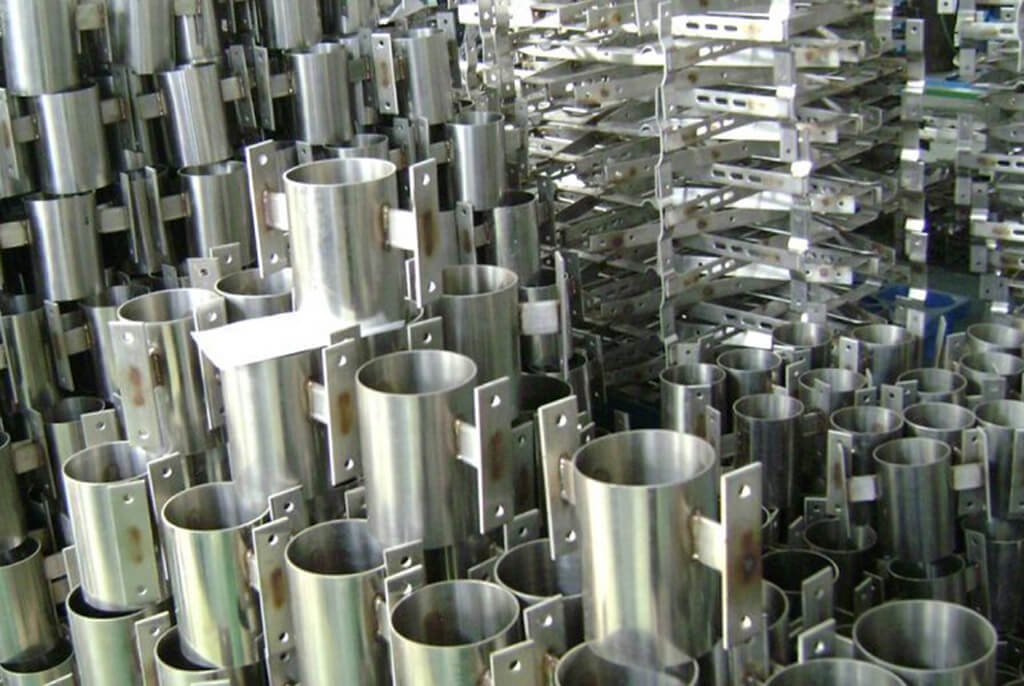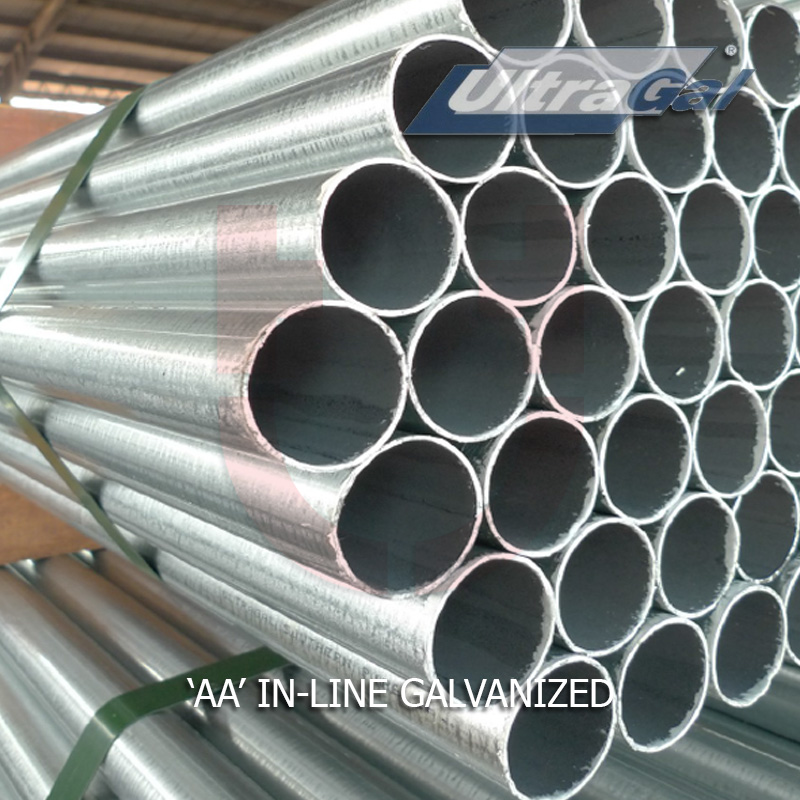During the 20th century, improvements were made in steel pipe. All important are the machines and technology for cold-forming of flexible pipe from coils of sheet steel with automated spiral welds. Great advancements were taken in ensuring quality control, testing, joints and protective coatings. The availability of welded steel pipe is diverse in ranges of sizes and properties of the steel likewise the welded steel pipe Malaysia. We will write more about the welded steel pipe for educational purposes. Shall we start now?
History of Steel Pipe
Around 2500 BC, pipes for delivering water supply were begun to be used. In ancient times, in different parts of the world, bamboo was used by the Chinese community to transport water. Tile pipes were created in Southern Europe and the Near East to provide water for the baths of kings and emperors. Around 1000 B.C, the age of iron era started. The engineers have preserved some information on pipe development although classical historians do not spend their time studying pipes. The History of Steel Water Pipe by Walter H. Cates, who spent his entire professional life constructing steel pipes with Consolidated Western Steel, a Division of U.S. Steel Corp., is one example of such a document that becomes an important written proof about the development of steel pipe. The following has been excerpted in part from Walter Cates’ document.
Exploration For Strength And Durability

Before the 19th century, iron was predominantly used as one of the materials for creating weapons such as spears, swords, muskets and cannons. The invention of a machine for welding iron tubes was begun in England, in 1824 by James Russell. One year later, in 1825, Cornelius Whitehouse invented a method for making pipe by drawing long, flat strips of hot iron through a bell-shaped die. These inventions made by these innovative inventors led and opened the way for iron pipe. Compared to bamboo or tile pipes, iron pipes had greater strength and durability. Following the creations of Russell and Whitehouse, interest in iron pipe significantly skyrocketed.
Bright Future of Welded Steel Pipe
The 21st century will see an upsurge in the need for pipes. There will be an urgent need for more economical transportation on a global scale. The cost of transportation of fluids per unit weight per unit distance decreases roughly by an order of magnitude for each transportation mode: from air to surface to ship to pipe (American Iron and Steel Institute, 2007). Moreover, durable pipe with longer service life will be in demand and sought after by industrial players for the long term of use.
Properties of Steel Pipe
Steel has important properties that can be utilized to advantage in buried pipelines. Below are the requirements of buried and pressurized pipe that can be fulfilled by integrating welded steel pipe.
• Strength
• Ease of installation
• High-flow capacity
• Leak resistance
• Long service life
• Reliability and versatility
• Economy
In conclusion, steel pipe possesses high strength and stiffness (modulus of elasticity), steel pipe is reliable because of toughness, more versatile than other pipes because of common procedures for cutting and welding, and more cost-effective.
